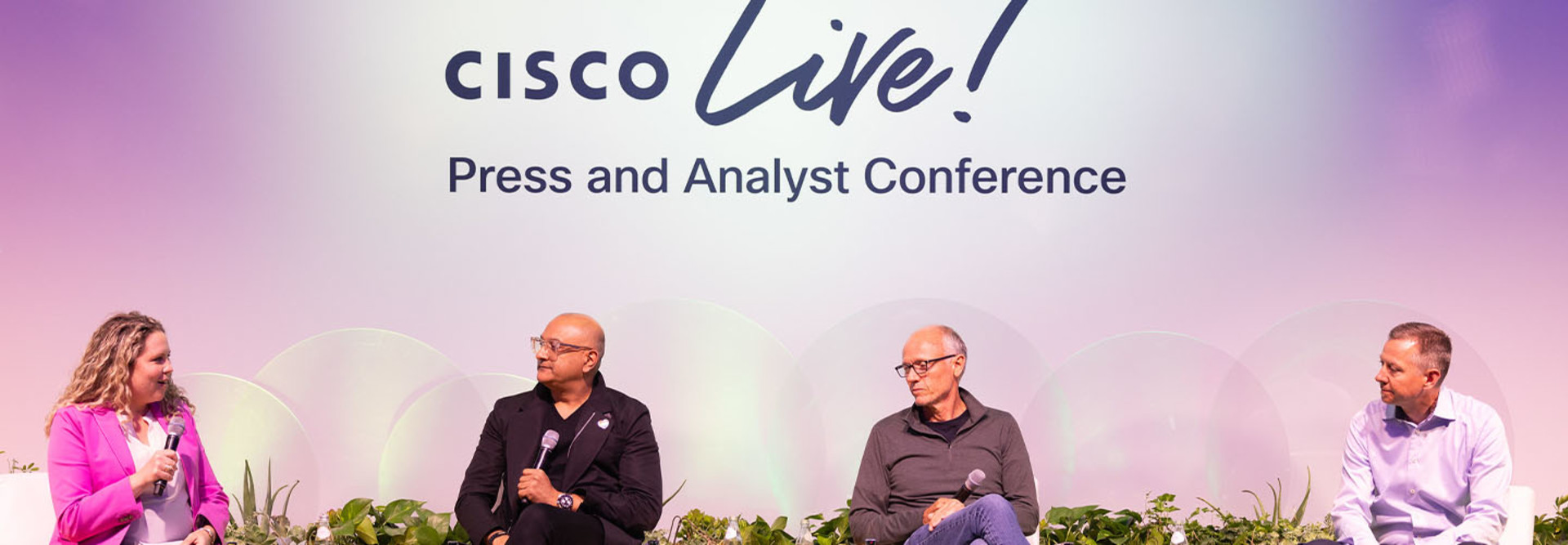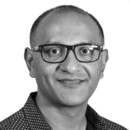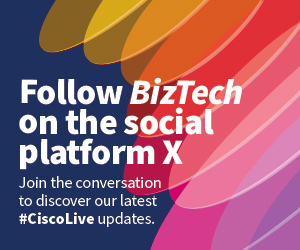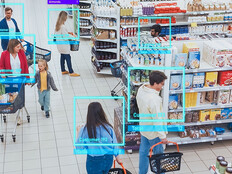Hypershield is expected to be available to the public in August. Support for the specialty processing units will come shortly after, Cisco said. Tom Gillis, senior vice president and general manager of Cisco’s security business group, said it is already “oversubscribed” with customers looking to be early adopters of Hypershield. During his keynote remarks Tuesday, Patel argued that Hypershield represents a completely new category of security product, one that no other company offers, and called it Cisco’s biggest security innovation in 40 years.
“I hope you’re feeling the change in tempo and hyper-innovation that we’ve been experiencing recently,” Patel said. “There was more innovation in 2023 than in the previous 10 years, and 2024 is going to be a multiple of ’23.”
DISCOVER: How businesses can unlock the value of generative artificial intelligence.
Easier Management Coming for Cisco Security Cloud
Cisco also announced a new generation of firewall, its 1200 series, which it expects to become available in October. The 1200 series firewalls are “SD-WAN enabled, high-performing, compact firewall security appliances that eliminate the need to have multiple appliances for switches, routers and firewalls at enterprise branch locations,” the company said in a release, adding that it is capable of “delivering up to three times the performance of comparable competitive firewalls.”
The company also introduced Cisco Security Cloud Control, a new way of managing its popular Security Cloud platform. And it said it would integrate data from Splunk, a security observability and data analytics company, which it acquired for $28 billion in March, into Security Cloud.
Patel described security as “a data problem” that can only be solved with data. Cisco’s moves over the past several years — both with its acquisitions of companies such as Splunk and with its investments in its own product development — are part of a strategy to offer its customers access to the most comprehensive data sets and analytics capabilities possible to defend themselves with.
“The more data that can be correlated together to help increase the signal and reduce the noise,” the better, he said. “The noise-signal ratio has to get better.”














